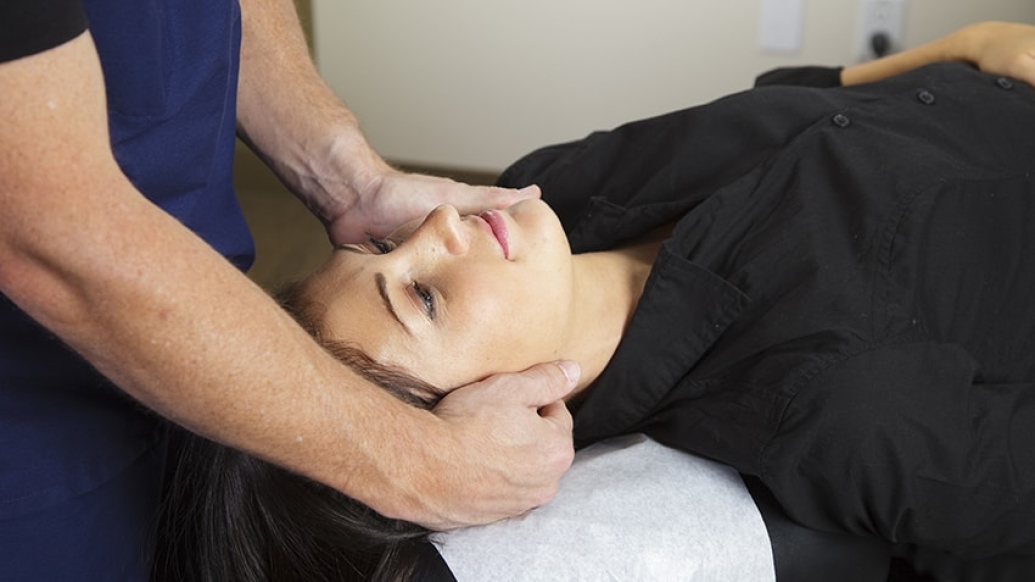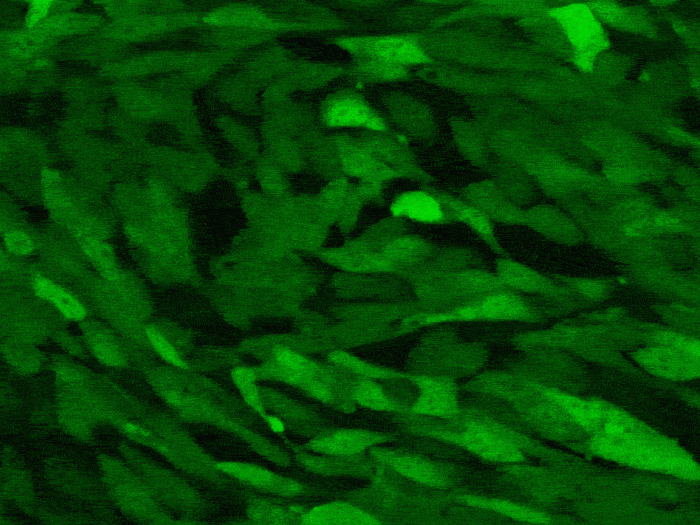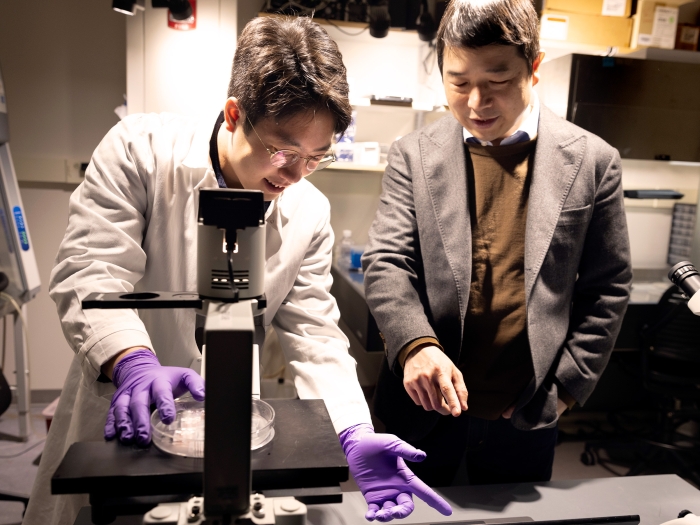High-velocity neck manipulation has rarely been known to damage an artery in your neck, causing a stroke. But it’s a possibility to know.
7:00 AM
Author |

If you're in the habit of having your neck adjusted by a chiropractor, Michigan Medicine neurologist Mollie McDermott, M.D., wants to share some important information: High-velocity neck manipulation can result in a vertebral artery dissection, which can lead to stroke.
MORE FROM MICHIGAN: Sign up for our weekly newsletter
It's a rare risk, but one McDermott says should be discussed.
A short, quick thrust over a restricted joint, high-velocity neck manipulation is a chiropractic manual adjustment meant to restore normal range of motion in the joint.
A vertebral artery dissection is a tear in the inner lining of the vertebral artery, which is located toward the back of the neck. It is one of four major arteries that supply blood to the brain.
After a tear, blood can enter the arterial wall and form a blood clot. Pieces of the blood clot can break off and cause stroke, or the expanding artery wall can narrow the vessel and impede blood flow, leading to stroke. The dissection is typically diagnosed with a contrast-enhanced CT or MRI scan.
"Vertebral artery dissections (from any cause) are dangerous because they can cause changes to the blood flow in the vessels leading to your brain, potentially resulting in a stroke," says McDermott, noting that the issue often comes up with patients who ask about limitations to their activity after a stroke.
"I generally take this opportunity to inform patients of the potential link between aggressive chiropractic manipulation and stroke."
Other factors associated with vertebral artery dissection include blunt injuries from automobile accidents, roller-coaster rides and high-impact sports. Dissections can also happen spontaneously, often when a person has an underlying connective tissue disorder that affects the blood vessels.
And the precise incidence of artery dissection caused by chiropractic neck manipulation is hard to prove, says McDermott. "People with neck pain go to chiropractors, and dissections can cause neck pain, so there is a 'chicken or the egg' phenomenon. An individual may have already had a vertebral dissection before starting chiropractic treatment."
SEE ALSO: Think You're Having a Stroke? Every Minute Counts
Although research on the topic doesn't point to a clear answer, McDermott does caution her patients. "Anecdotally, many stroke neurologists have seen patients present to the emergency room directly from their chiropractor's office with stroke symptoms, and that temporal association can be difficult to ignore."
Similarly, the American Heart Association states, "Patients should be informed of the potential association between cervical (neck) dissection and cervical manipulative therapy prior to manipulation of the cervical spine."
Anecdotally, many stroke neurologists have seen patients present to the emergency room directly from their chiropractor's office with stroke symptoms, and that temporal association can be difficult to ignore.Mollie McDermott, M.D.
Signs of trouble
"Symptoms from dissection can begin hours or even weeks after the vessel injury," McDermott says, noting that the greatest danger is typically soon after the injury.
Signs of stroke from a vertebral artery dissection include:
-
Slurred speech
-
Sensory loss, weakness or clumsiness of the arm or leg on one side of the body
-
Vertigo or difficulty walking
-
Trouble swallowing
-
Neck pain, most notably on the same side as the dissection
Faster treatment, better outcome
If you have any of these signs or symptoms, call 911 immediately. Do not put it off, McDermott cautions.
"Patients who get to us in time can be treated with a medication known as tissue plasminogen activator (tPA)," she says.
SEE ALSO: How Rehabilitation Helps Stroke Patients Recover 'Faster and Better'
tPA must be given within 4 1/2 hours of the first symptoms. But "the vast majority of those having a stroke get to the emergency room too late for the medication to be given," McDermott adds.
In the long term, artery dissections are typically treated with a once-a-day aspirin regimen. Patients who have had an arterial dissection are also advised to avoid anything that causes aggressive movement of the head, including neck manipulation, roller-coaster rides, impact sports or other aggressive and jarring activities.
Equally important, McDermott says, are regular follow-ups with a health care provider.
"This doesn't mean a person shouldn't pursue chiropractic therapy, but we do advise our patients to avoid high-velocity neck manipulation. The potential risk is serious enough to outweigh the potential benefit."

Explore a variety of healthcare news & stories by visiting the Health Lab home page for more articles.

Department of Communication at Michigan Medicine
Want top health & research news weekly? Sign up for Health Lab’s newsletters today!





